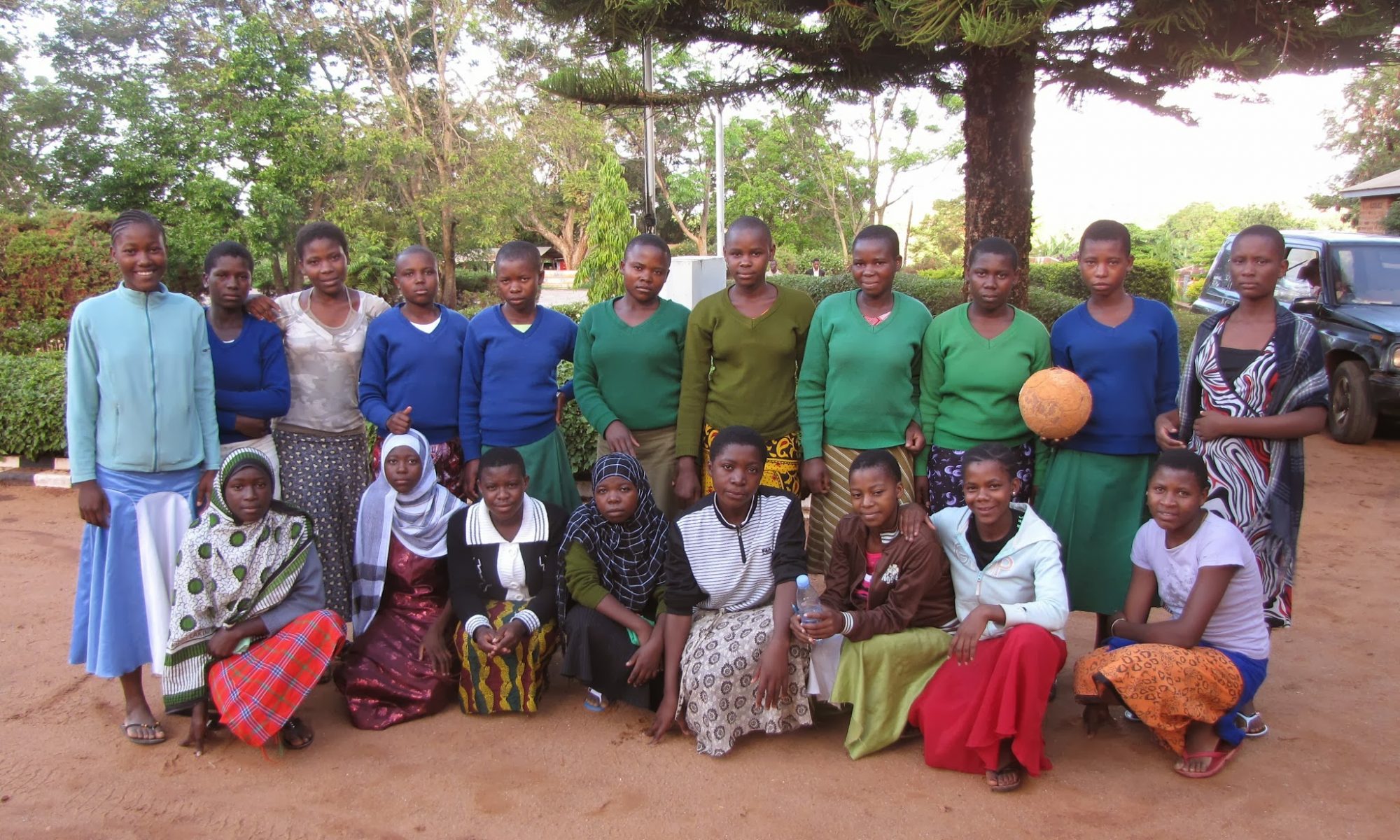Tanzanian Education: Don’t Look Back
http://www.guardian.co.uk/education/2009/mar/10/schools-worldwide-tanzania
This is a good outside opinion by The Guardian on the state of Primary Schools. Unfortunately meeting the MDG targets of universal primary school enrollment has sacrificed smaller class sizes. It also touches on gender roles and expectations for girls.


A good article, but I find some of their numbers questionable. Like the lunch fee of 81p ($1.17) a year. For a fee to be this low, the area where the school is must either be well off and the district is able to subsidize their schools, or there must also be an in-kind contribution required of maize/beans.
Also the World Bank 2005 estimates show 71.5% of the population living on less than $1 a day, per capita. This is vastly different from the 18.7% quoted in the article.
Nonetheless, the class sizes in Tanzania are way too large. 70 pupils per class and 63 pupils per teacher seems like a lot, but things are even worse in secondary schools. Many secondary schools in rural areas have 400-500 students and currently only employ 4 or less teachers. While they can say the class sizes are smaller (dividing the number of students by classrooms), the students often sit alone in their classes for the majority of their periods, unattended by teachers, who often don’t teach their assigned periods or are forced to teach subjects they did not specialize in, due to the lack of teachers.